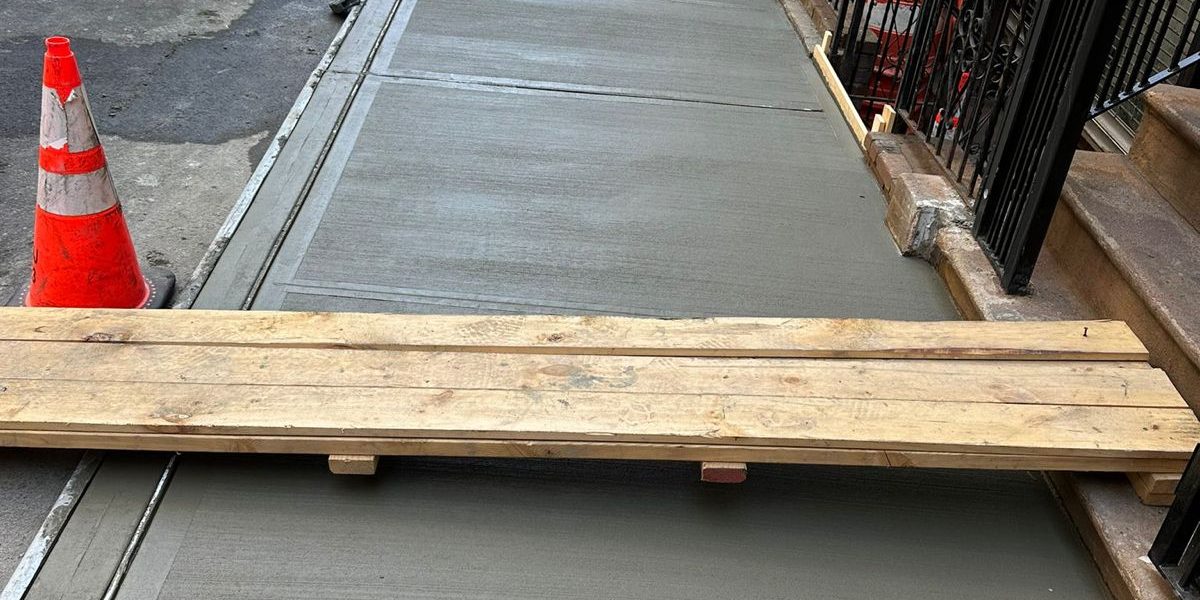Pedestrian walkways are the pathways that connect us within our communities. They see a constant stream of foot traffic, but over time, weather, wear, and tear can cause them to deteriorate. Uneven surfaces, cracks, and lifting slabs can all become safety hazards. If your neighborhood walkway or path is in need of repair, this guide will equip you with the knowledge to address the issue and ensure safe passage for everyone.
Common Pedestrian Walkway Problems
Several issues can necessitate repairs on a pedestrian walkway:
-
Cracks: These can vary in size and severity, from hairline cracks to large fissures. Left unrepaired, they can worsen and become tripping hazards.
-
Settling or Uneven Surfaces: Over time, the ground beneath the walkway can shift, causing uneven slabs or dips. This can be particularly dangerous for those with mobility limitations.
-
Lifting Slabs: Tree root growth, improper drainage, or soil erosion can cause slabs to lift and become unstable.
-
Spalling: This refers to the flaking or chipping away of the walkway’s surface, creating an unsightly and potentially hazardous texture.
Taking Action: DIY or Hire a Professional?
The approach to repairing your walkway depends on the extent of the damage and your DIY comfort level.
-
Minor Repairs: For small cracks or isolated, minor settling issues, a DIY approach might be suitable. Patching materials and basic tools are readily available at most hardware stores. However, proper technique is crucial to ensure a lasting repair.
-
Major Repairs: For widespread cracking, uneven surfaces, lifting slabs, or spalling, it’s best to hire a professional contractor. They possess the expertise, equipment, and manpower to handle complex repairs efficiently and ensure a durable outcome.
The Repair Process (For Professional Contractors)
If you hire a professional, here’s a general outline of the repair process:
-
Site Assessment: The contractor will visit your property to evaluate the damage, identify the cause (if possible), and recommend the most suitable repair method.
-
Project Quote: They will provide a detailed quote outlining the scope of work, materials, labor costs, and estimated timeline.
-
Preparing the Work Area: The contractor will secure the walkway to prevent pedestrian access and mark the areas designated for repair.
-
Crack Repair: For cracks, they may use a grinder to widen them slightly to ensure proper material bonding. They’ll then clean the cracks and fill them with a suitable patching material.
-
Slab Lifting (if required): For lifting slabs, polyurethane injections or mechanical lifting techniques might be employed to raise the slab back to its proper level.
-
Sub-Base Repair (if required): If the cause of the problem lies with the underlying base, the contractor will address that issue before resurfacing the walkway.
-
Surface Repair or Replacement: Depending on the extent of damage, the surface may be repaired with patching materials or completely replaced with fresh concrete, pavers, or another suitable material.
-
Curing: If new concrete is used, the contractor will follow proper curing procedures to ensure it reaches its maximum strength and durability.
Additional Considerations
-
Drainage: Proper drainage is crucial to prevent future problems. The contractor will ensure the repaired walkway slopes slightly to channel water away from the surface.
-
Accessibility: If the walkway is part of a public right-of-way, accessibility standards may need to be considered during repairs. This could involve aspects like handrail installation or ensuring an appropriate walking surface texture.
-
Aesthetics: You can discuss design options with the contractor if you wish to enhance the walkway’s visual appeal. Some materials like decorative concrete or pavers offer a wider range of aesthetic possibilities.
By taking the necessary steps to repair your pedestrian walkway, you can ensure a safe and functional passage for everyone in your community. Remember, addressing minor issues promptly can help prevent the need for more extensive and costly repairs down the line.





